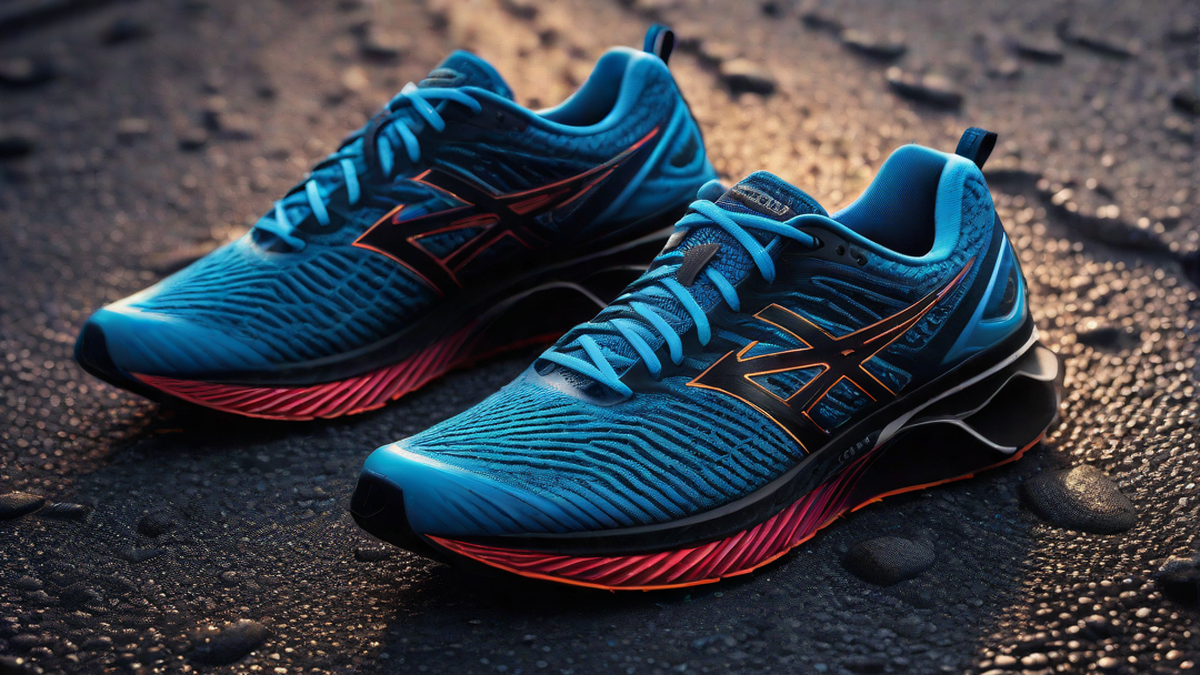As a passionate runner, I have always been concerned about the grip and stability of my running shoes. There is nothing worse than slipping or sliding while out on a run, especially if you are running on wet or slippery surfaces. That’s why the question “Are running shoes non-slip?” has always intrigued me.
When it comes to choosing the right running shoes, there are several factors to consider, and one of the most important is the sole of the shoe. The sole is responsible for providing traction and preventing slips and falls. While many running shoes claim to be non-slip, it is essential to understand the different types of soles and their performance on various surfaces.
Most running shoes feature rubber soles, which are known for their excellent grip. Rubber has the advantage of being flexible and providing good traction on both dry and wet surfaces. However, not all rubber soles are created equal. The composition and tread pattern of the sole can greatly impact its slip resistance.
One key factor to look for in running shoes is a deep and multi-directional tread pattern. This type of pattern helps the shoes grip the ground more effectively, dispersing water and providing better traction. Additionally, the use of sticky rubber compounds in the sole can further enhance the shoes’ grip on slippery surfaces.
Another important consideration is the outsole material. Some running shoes use a carbon rubber compound, which is known for its durability but may lack in grip. On the other hand, softer rubber compounds, such as blown rubber, tend to provide better traction but may wear out more quickly. Finding the right balance between durability and grip is crucial when selecting running shoes.
It’s also worth noting that certain running shoe brands have incorporated innovative technologies to improve slip resistance. For example, some brands use a special rubber compound called Vibram, which is renowned for its exceptional grip, even on challenging terrains.
While running shoe manufacturers strive to create non-slip shoes, it’s important to remember that no shoe can guarantee complete slip resistance in all conditions. Environmental factors such as rain, snow, or ice can significantly affect traction, regardless of the shoes you wear.
As a runner, I have found that in addition to wearing shoes with good traction, adjusting my running technique can also help improve stability. Running with a slightly shorter stride and maintaining an upright posture can reduce the risk of slips and falls. Furthermore, being aware of my surroundings and avoiding hazardous terrain whenever possible is crucial for staying safe while running.
In conclusion, running shoes are designed to provide decent grip and help prevent slips and falls. However, it’s essential to consider factors such as sole composition, tread pattern, and environmental conditions when choosing the right pair of running shoes. While no shoe can guarantee non-slip performance in all situations, selecting shoes with good traction and practicing safe running techniques can greatly reduce the risk of accidents. Stay safe and happy running!

